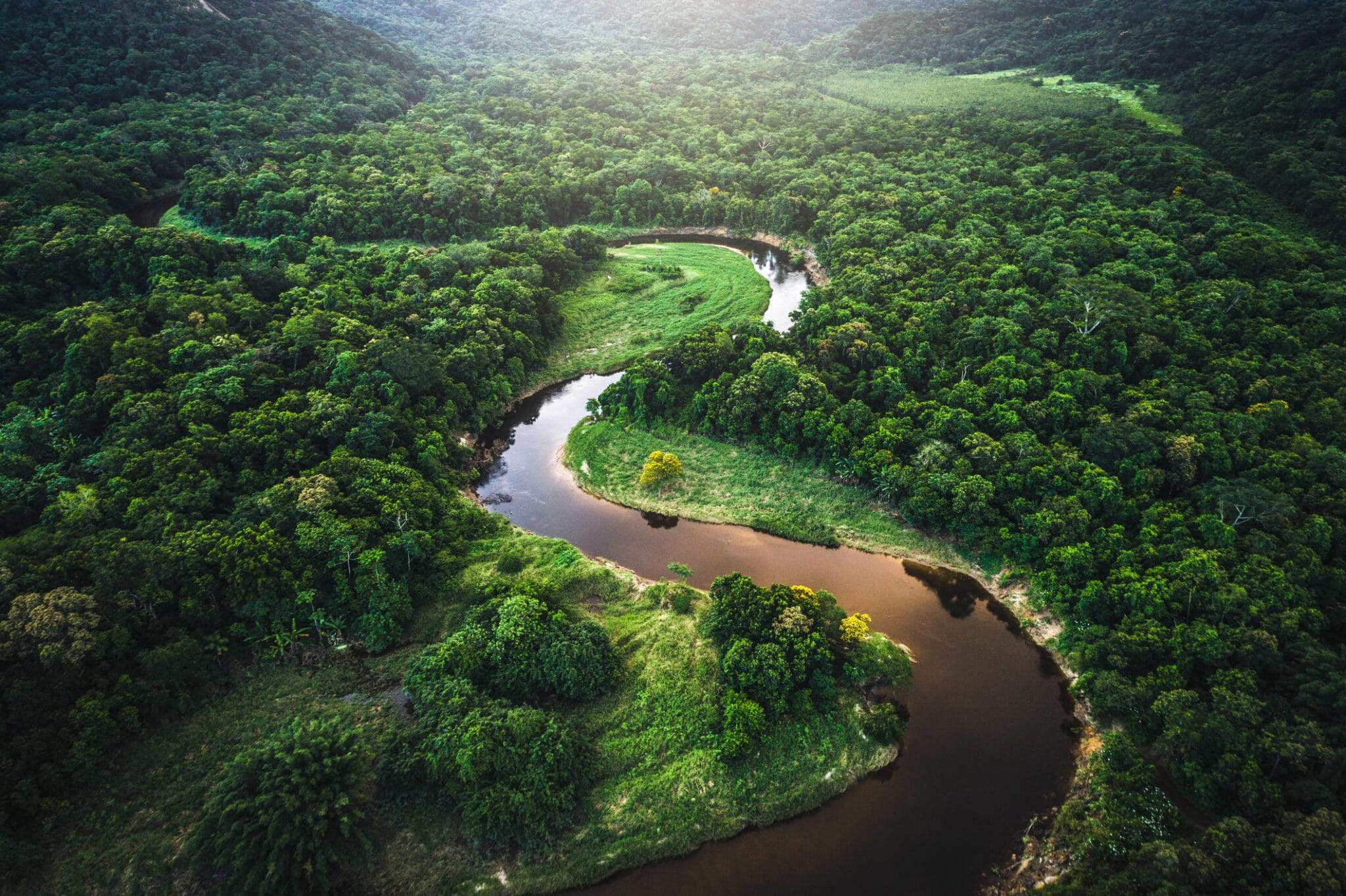
Trees in Amazon Wetlands Contribute to Methane Emissions, Study Says

FG Trade / E+ / Getty Images
The primary source of methane gas released into the atmosphere from floodplains in the Amazon basin is vented through tree root systems, say researchers led by the University of Birmingham, with considerable emissions occurring when no flooding is present.
The researchers discovered evidence that these trees emit a much higher amount of methane than soil or surface water, and that this is the case in both wet and dry conditions, a study published in the journal Philosophical Transactions of the Royal Society A showed.
“While in wetland areas without trees, methane would usually be consumed by the soil on its way towards the surface, in forested wetland areas, tree roots could be acting as a methane transport system, venting it into the atmosphere via the tree trunks,” reported Andrei Ionescu of Earth.com.
“In such conditions, methane appears to be able to escape into the air even when it is produced in soil and water that is several meters below ground level. Thus, existing models could massively underestimate the extent of methane emissions in wetland areas such as the Amazon basin,” Ionescu reported.
“After reaching the atmosphere, methane causes more than 80 times the warming power of carbon dioxide over the first 20 years. While CO2 has a longer-lasting effect, methane sets the pace in the near term. At least 25% of today’s warming is thought to be led by anthropogenic methane production,” reported David J. Cross of AzoCleantech. “Since pre-industrial times, methane release has accounted for around 30 percent of global warming and is growing at a fast rate,” he added.
To test the theory that tree roots are acting as a transport system for methane, the researchers took measurements from the floodplains of three of the central Amazon basin’s main rivers. The response of the trees to changing water levels due to the annual flood were measured four times during the year.
“Methane emissions were measured using a portable greenhouse gas analyser and then calculations were done to scale the findings up across the Amazon basin,” reported Phys.org. “Overall, the team estimate that nearly half of global tropical wetland methane emissions are funneled out by trees, with the unexpected result that trees are also important for emissions at times when the floodplain water table sits below the surface of the soil.”
Typically, models assume methane is only produced in flood conditions.
“Our results show that current global emissions estimates are missing a crucial piece of the picture,” said Professor Vincent Gauci, study lead author of the School of Geography, Earth and Environmental Sciences at the University of Birmingham, as reported by Phys.org. “We now need to develop models and methods that take into account the significant role played by trees in wetland methane emission.”
- Amazon Rainforest Will Collapse by 2064, New Study Predicts ...
- Amazon Is Probably Contributing to Climate Crisis, Study Finds ...

 233k
233k  41k
41k  Subscribe
Subscribe 